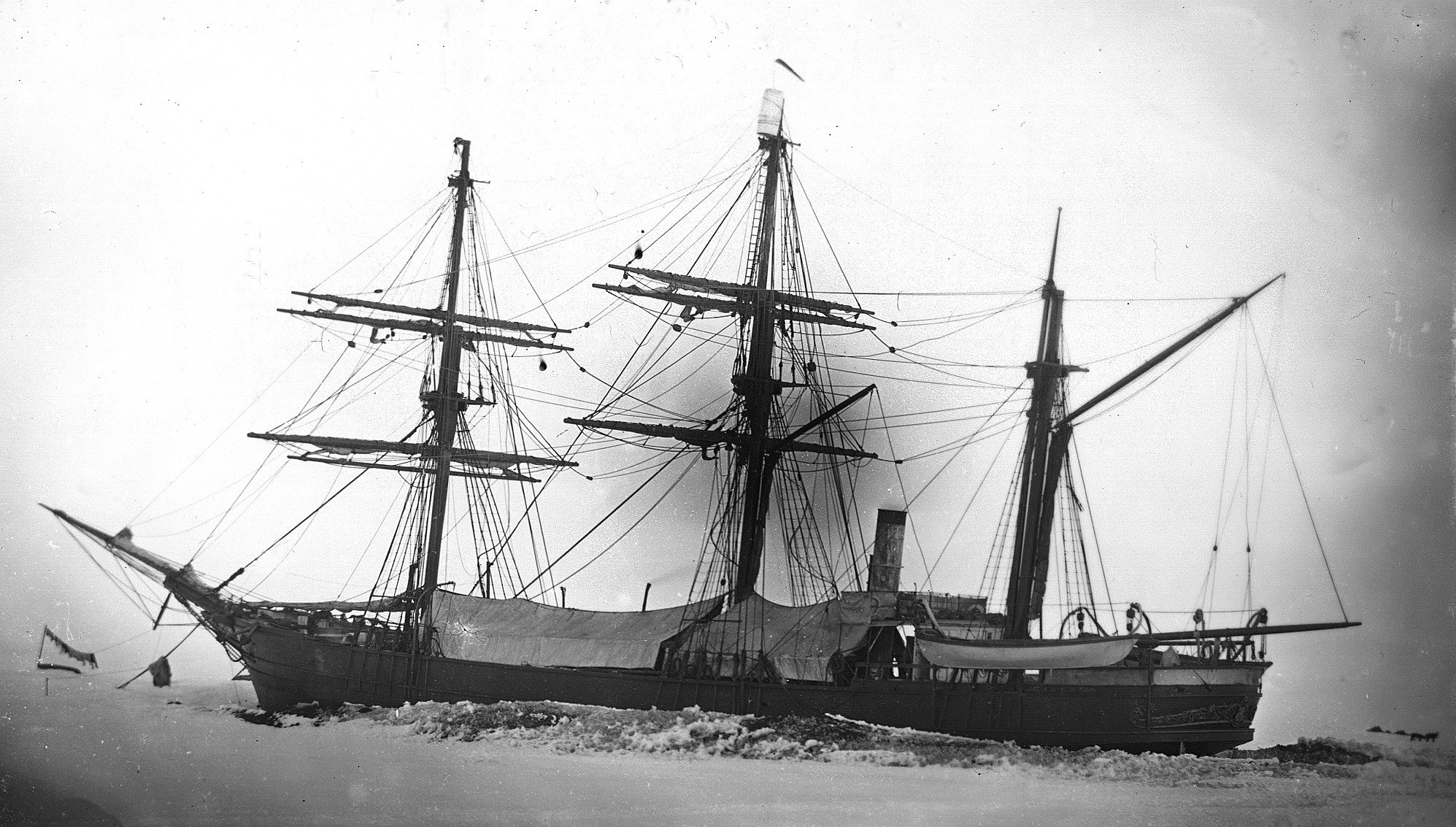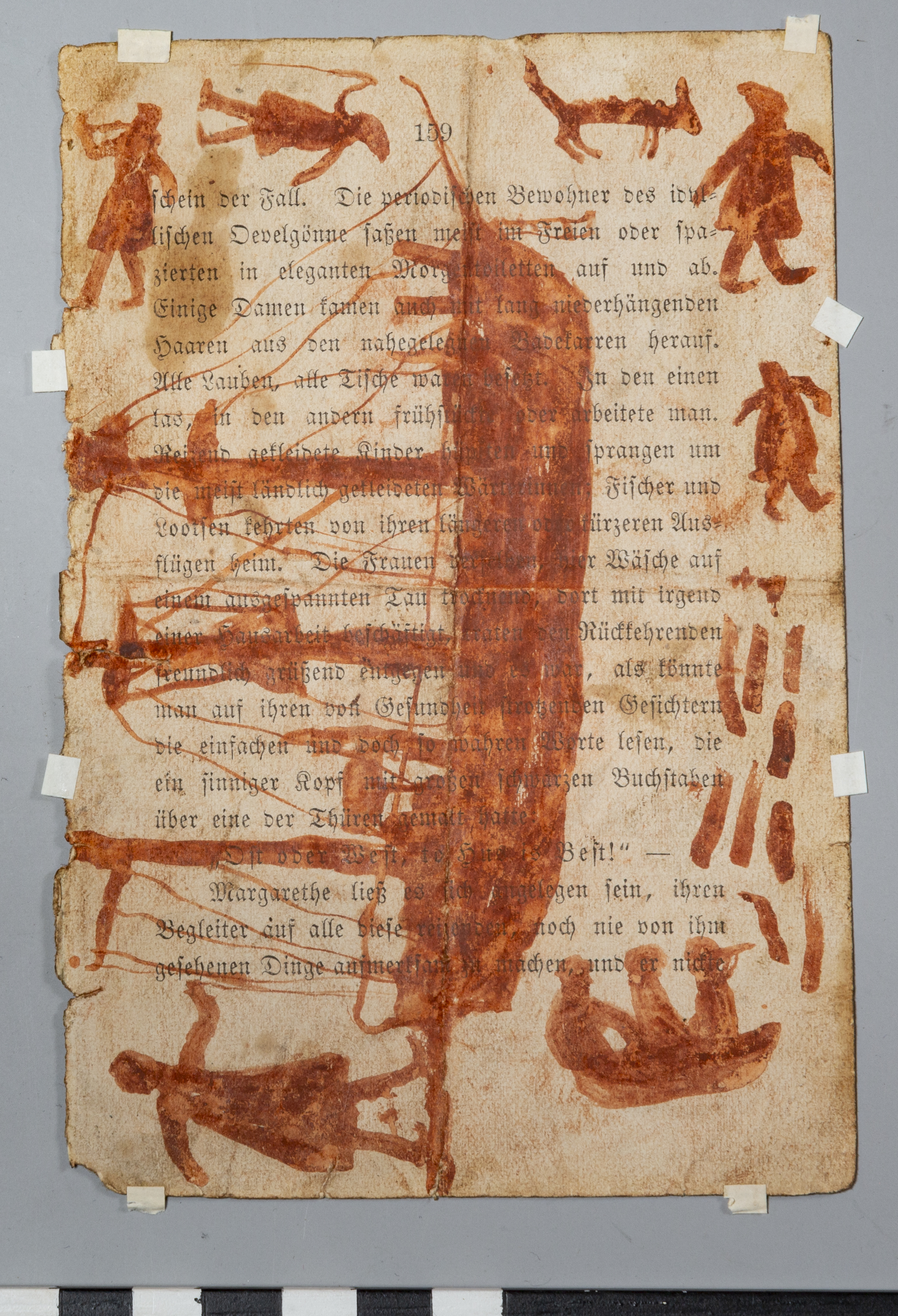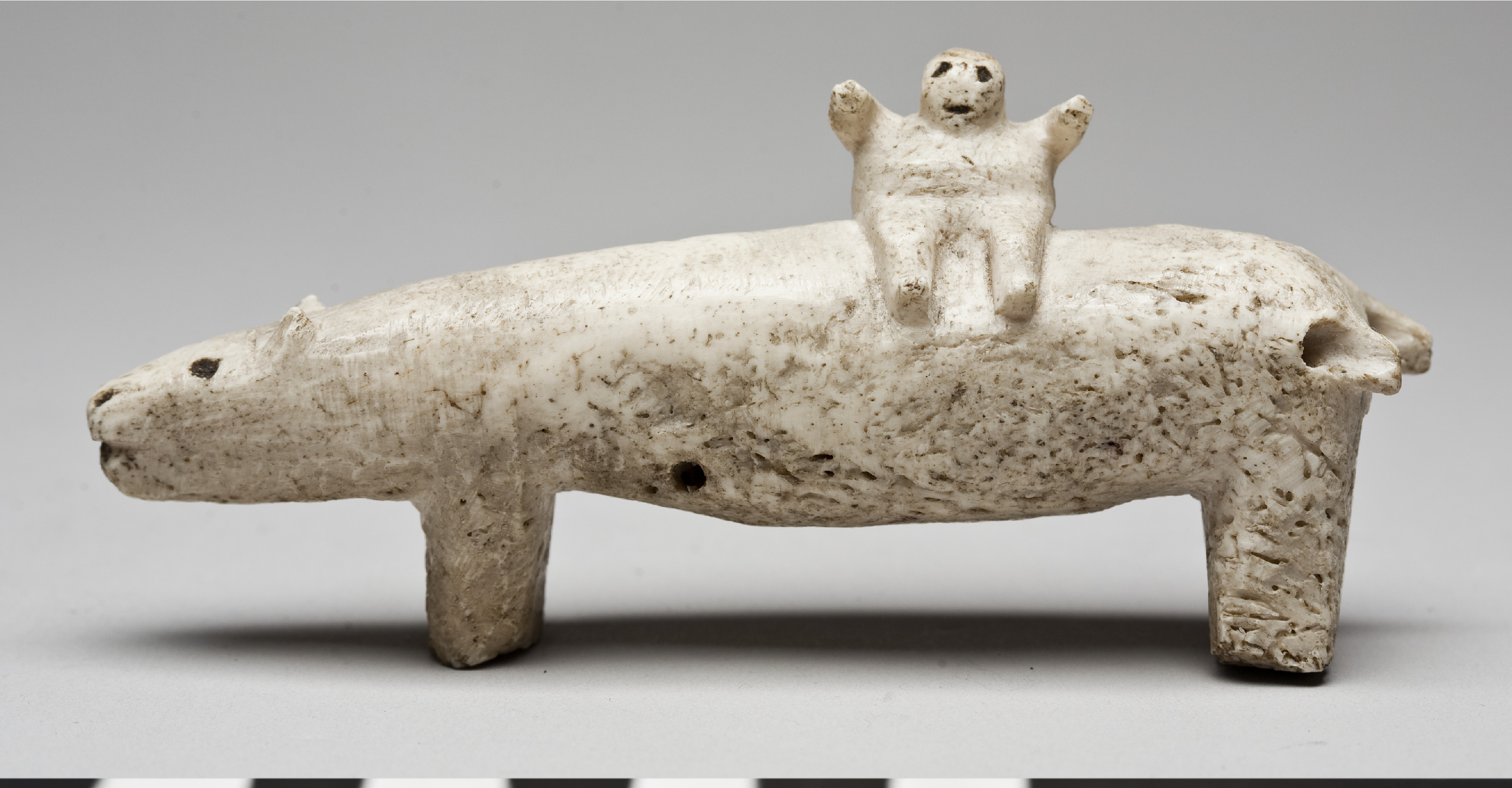
The ”Vega” wintering near the Chukchi village Pitlekaj, Chukchi Peninsula, January 1879. Photo print, Etnografiska museet, Inv.No. 0005.0005. Photograph by Adolf Arnold Louis Palander (1842-1920).
Collections are at the very core of most museum´s work – first and foremost, in research and exhibitions. The National Museums of World Culture in Sweden care for around 500,000 objects, publicly available in an online database. Founded in 1999 by merging four, formerly independent museums, the history of these collections is complex – and oftentimes complicated.
Decolonization, repatriation, and provenance research have become omnipresent. And while there is not one way to move collections like those kept at the National Museums of World Culture into the future, we are constantly developing new ways to open our institution up and collaborate with the people our collections come from and institutions all over the world. In 2019, Igor Krupnik (curator of Circumpolar Ethnology at the National Museum of Natural History/ Smithsonian Institution) and Martin Schultz (curator of North America at the National Museums of World Culture/NMWC in Sweden) started to collaborate on a new look at the Chukchi collection from Northeast Siberia, gathered mostly during the Vega Expedition (1878-80), a Swedish exploratory expedition that was the first to take the Northeast Passage along the shores of Siberia, from Europe into the Pacific Ocean. Soon, descendants of the people once met by the “Vega” expedition, Eduard Zdor and Lilia Tlecheivyn’e Zdor, became an integral part of the project.

The “Vega”, drawing by unknown Chukchi artist. Color pigments on paper, Etnografiska museet, Inv.No. 1880.04.1296.
The almost 1,400 Chukchi objects at the NMWC storage not only need contextualization, but also the knowledge of their existence is to be brought back to the ‘home’ community in Siberia. The goal is the virtual (and perhaps also partly physical) reunion of the people and their 19th century material culture, kept far from them in a northern European cultural institution with no knowledge or understanding of these collections. Another goal is to expand the very limited knowledge of what happened to the collections after the arrival in Stockholm in 1880. A reason for Igor Krupnik from the National Museum of Natural History/ Smithsonian Institution in Washington, D.C. to work with the National Museums of World Culture was not only his expertise in Chukchi culture, but also the fact that his institution received a small collection of about 30 objects originating from the Vega Expedition in exchange for Native American objects in 1883.

Chukchi bone carving, showing a man sitting on the back of a Polar Bear. The collections from the Vega Expedition comprise of almost 500 bone and ivory carvings. Bone, color pigments, Etnografiska museet, Inv.No. 1880.04.0714.
A virtual ‘discovery expedition’ set sail in 2020 to gather information about other institutions that received material from the Vega Expedition and how the collections have been used for research, exhibitions, and publications until today. Additionally incorporating other Chukchi collections held in institutions internationally. And finally uniting data on these collections in a database on Chukchi material culture that will be accessible for Chukchi communities. The quality of data available so far varies considerably. Not least depending on the respective institutions ways to store data and knowledge. Languages, the set-up of databases, the structure of the institutions and finally their histories must be taken into account.
Finally, world history is adding to the challenges. Digital accessibility to data has been a challenge for an Arctic minority group in Russia from the very beginning of the project. Now, the war in Ukraine adds to that, restricting communication with partners in Russia and bringing the project to a temporary halt. Necessary construction works in the storage facility of the National Museums of World Culture will make the largest part of the Vega object collection inaccessible for at least one year. But we may see this as a chance to consolidate the existing data and develop partnerships with other institutions with matching and/or relevant collections. So that the Vega project can take up speed as soon as the current obstacles are resolved.
By Martin Schultz, Igor Krupnik, Eduard Zdor, Lilia Tlecheivyn’e Zdor, and Irina Nutetgivev.
Posted by Franziska Bedorf.